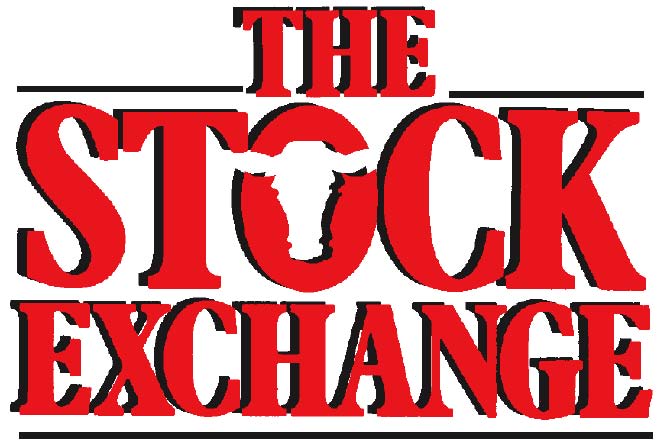Spring grazing management for beef cattle
Experts offer ways for producers to best prepare pastures ahead of spring grazing MANHATTAN, Kan. – Beef cattle grazing on lush, green pastures is a common sight when driving through the Kansas Flint Hills in the late spring. Experts from Kansas State University’s Beef Cattle Institute discussed steps for managing the spring grazing season recently on the weekly podcast Cattle Chat. K-State beef cattle extension specialist Bob Weaber advised producers to begin…
